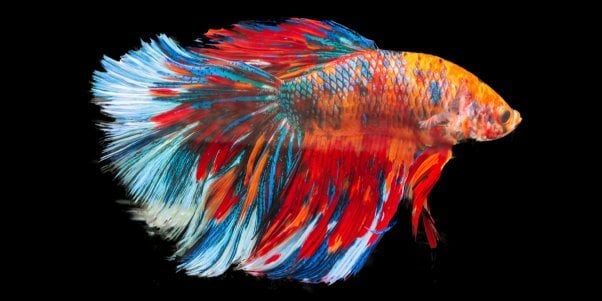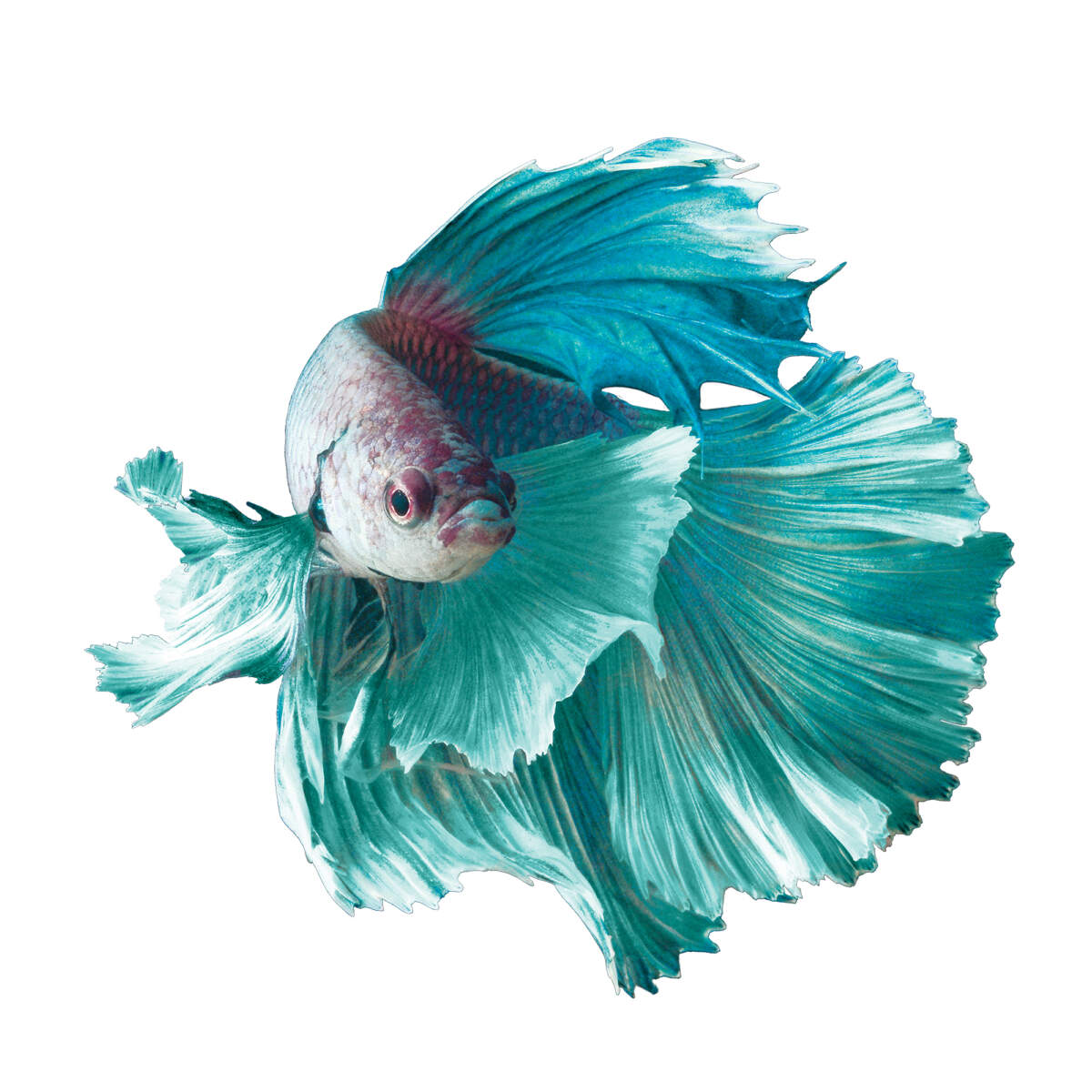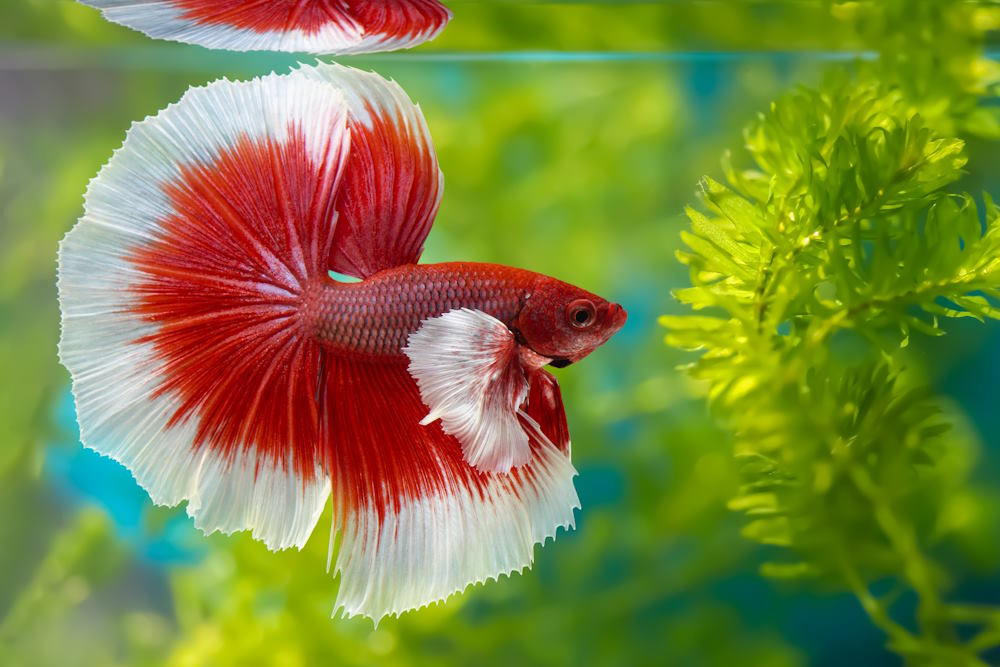Breeding Betta Fish: a Comprehensive Step-By-Step Overview to Efficiently Raising Baby Bettas From Eggs to Adulthood
Reproducing Betta fish is a meticulous undertaking that needs mindful planning and implementation to make sure the successful advancement of fry from eggs to develop fish. Choosing genetically varied reproduction pairs with desirable features is only the start; creating an optimal environment and understanding the ins and outs of the breeding procedure are just as essential. As the male Betta faithfully constructs a bubble nest and guards the precious eggs, the subsequent stages of treatment and change need attention to information and expertise of ideal techniques. Just how does one browse the challenging yet gratifying path of nurturing these dynamic creatures to adulthood?

Picking Reproduction Pairs
When beginning on the journey of breeding Betta fish, picking the ideal breeding sets is vital to accomplishing desirable attributes and a healthy and balanced lineage - betta fish. The very first step in this procedure is to determine the specific attributes you want to boost or protect, such as color, fin kind, and physique. It is necessary to select genetically varied pairs to stay clear of inbreeding, which can cause health and wellness issues and unwanted qualities
Evaluate possible breeding prospects very carefully. A healthy male Betta should display dynamic shades, an active behavior, and well-formed fins, while the female should additionally display vivid pigmentation and a rounded tummy, showing readiness for spawning. Observing the personality of both fish is important, as hostile or overly timid people may not breed efficiently.
Maintaining documents of the moms and dad fish's origins can aid you track hereditary traits and potential issues. Ultimately, spending time in the option procedure will dramatically boost the chance of generating solid, vivid spawn that fulfill your reproduction objectives.

Preparing the Reproduction Storage Tank
Creating an optimum breeding environment is a vital action after selecting ideal sets for Betta fish. The breeding container need to be particularly developed to provide convenience and stimulate the all-natural breeding behaviors of the fish. Begin with a storage tank dimension of at the very least 10 gallons to make certain adequate room for both the man and female Bettas.
Keep a mild filtering system to keep the water tidy while preventing solid currents that can emphasize the fish. Furthermore, an air stone can be included to offer oxygenation without disrupting the water surface area excessive.
Temperature law is critical; go for a secure variety of 78-82 ° F(25-28 ° C) using a trustworthy heater. The pH degree should be preserved in between 6.5 and 7.5, and routine water adjustments are required to make certain high water high quality.
Include floating plants or spawning sponges to create concealing places for the female, while likewise encouraging bubble nest building by the man - betta fish. Finally, guarantee the container is without sharp designs and any kind of possible hazards, as the welfare of the fish need to always be focused on throughout this important stage of reproduction.
The Reproduction Refine
Typically, the breeding procedure for Betta fish entails a series of unique and evident habits that suggest readiness for reproduction. The male Betta begins by building a bubble nest at the water's surface area, which offers as a website for the fed eggs. This nest is critical, as it gives a secure atmosphere for her explanation the eggs up until they you could look here hatch.
Once the nest is established, the man will certainly present courtship habits, such as flaring his fins and displaying dynamic colors to attract the lady. The lady, upon sensing the male's preparedness, will certainly respond by displaying upright red stripes along her body, indicating her receptiveness.
When the female methods, the male takes part in a breeding dancing, typically resulting in an embrace called the "spawning." Throughout this embrace, the female launches her eggs, which the male feeds right away. The fertilized eggs after that are up to the bubble nest, where the male very carefully collects and returns them to the nest. Following this, the male assumes responsibility for securing the nest and making sure the safety of the eggs till they hatch, generally within 24-36 hours. This stage is important in the reproducing process, laying the structure for effective fry development.
Taking Care Of Betta Fry
Caring for Betta fry calls for cautious focus to their environment and nutrition to make sure healthy and balanced growth and development. After hatching, Betta fry are very tiny and vulnerable, requiring a steady and tidy environment.
Feeding Betta fry is just as important. At first, they must be used infusoria or carefully crushed premium fry food, as their mouths are as well tiny to take care of bigger fragments. As they grow, you can gradually introduce larger foods, such as baby salt water shrimp or powdered flakes, to guarantee they obtain ample nourishment. Feed Visit This Link them tiny quantities a number of times a day, being mindful not to overfeed, which can cause water top quality problems.
Transitioning to Grownup Bettas
As Betta fry fully grown, transitioning them to grown-up Bettas is a critical stage that calls for cautious administration of their atmosphere and social interactions. This process usually begins when the fry get to around 6 weeks old, at which factor they can be slowly introduced to a more structured living environment.
To promote this change, it is necessary to make certain that the water specifications-- such as temperature level, pH, and ammonia levels-- are optimal and secure. Grown-up Betta fish flourish in warm water (around 78-80 ° F) with a pH of 6.5 to 7.5. Slowly accustom the fry to these conditions to decrease anxiety.
Social interactions are an additional essential variable; male Bettas are notoriously territorial and hostile. It is recommended to separate males right into individual tanks as they grow. Women Bettas can be housed together, yet care should be required to keep track of for signs of aggression.
In addition, dietary changes must be made as the fry grow. Incorporate high-quality pellets and live foods to sustain their development and health. By handling these variables successfully, you can advertise an effective change to their adult years for your Betta fish.

Conclusion
Effective breeding of Betta fish needs careful attention to information throughout the whole procedure, from choosing genetically diverse pairs to providing optimum look after fry. By making certain ideal reproduction problems and keeping water quality, the possibility of healthy spawn boosts substantially. Furthermore, a balanced diet and steady adaptation to adult settings are crucial for the development and advancement of Betta fish. Complying with these steps diligently cultivates a prospering population of Betta fish, boosting both their wellness and vitality.
Comments on “Betta Fish Life-span: How to Guarantee Your Betta Lives Longer”